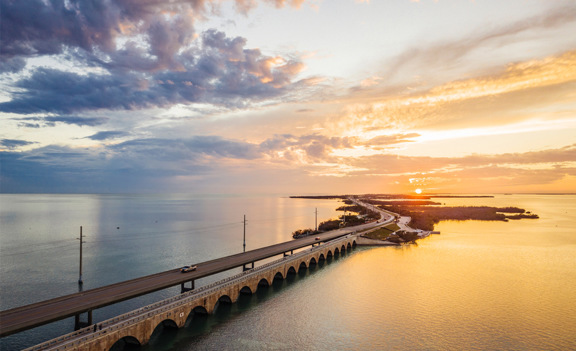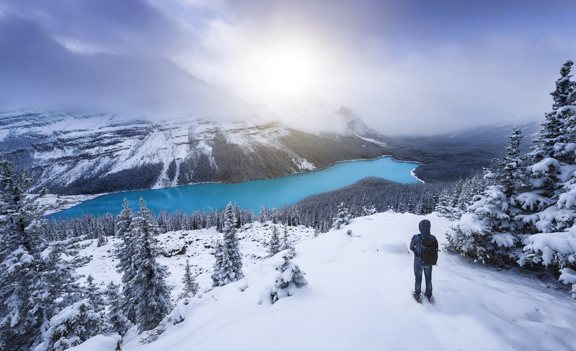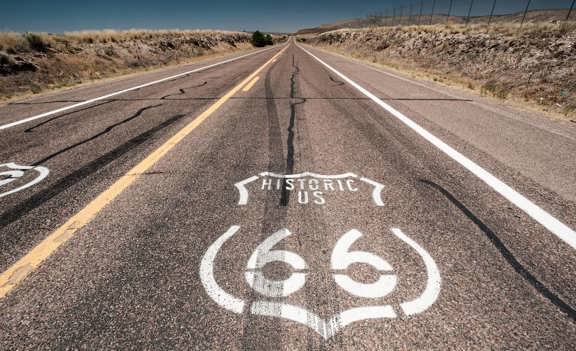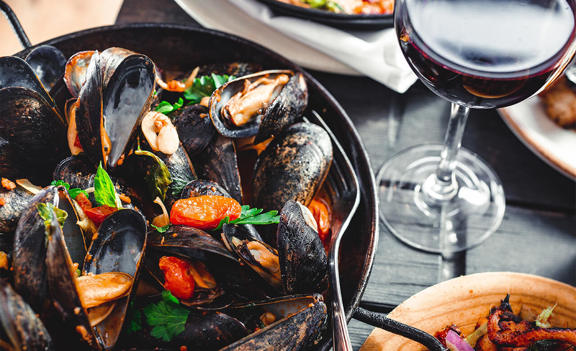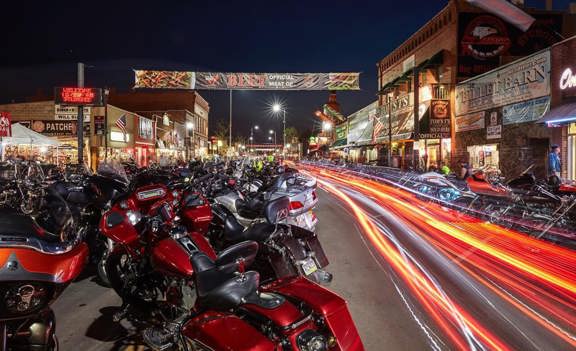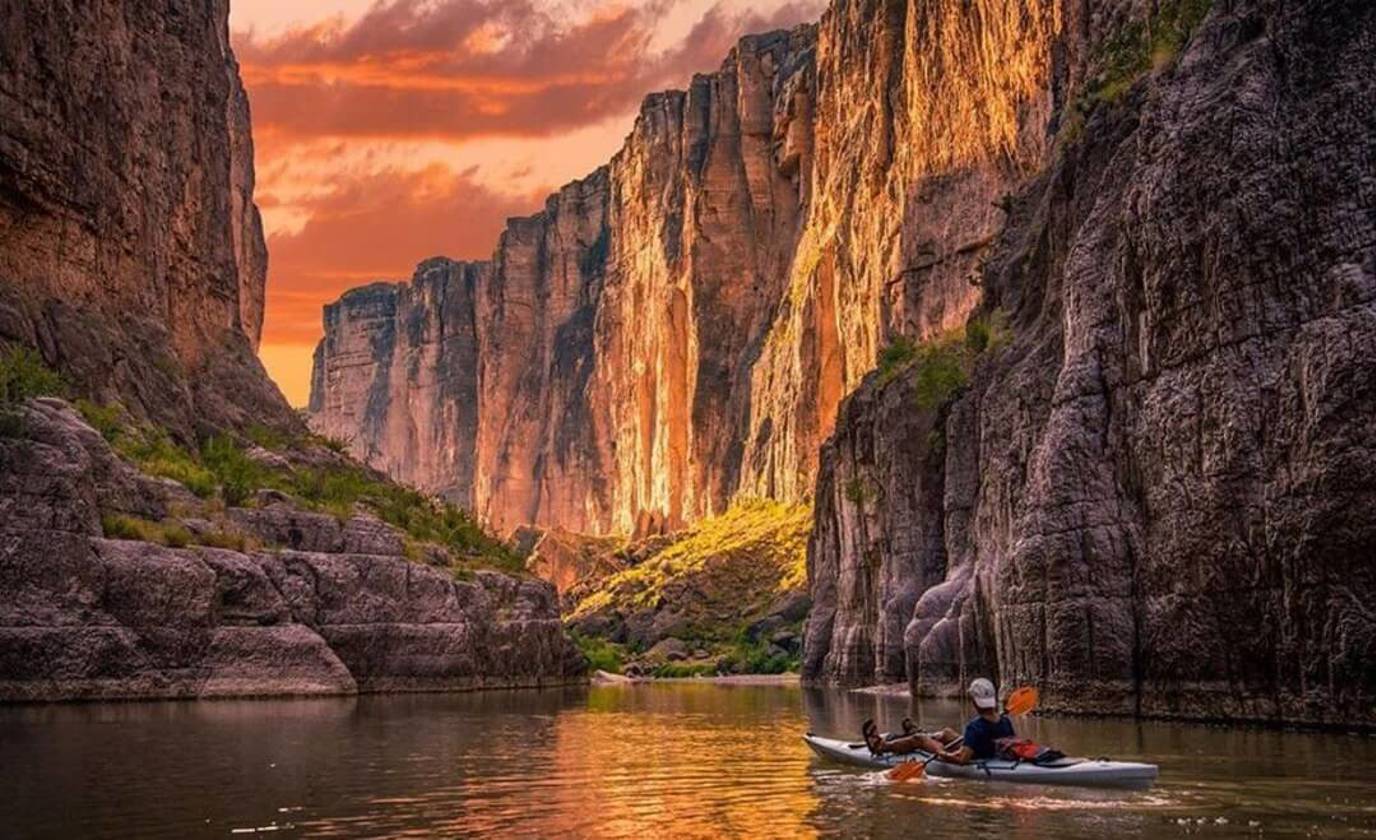
RV Camping in Big Bend National Park
ShareDestination: Big Bend National Park.
Big Bend National Park, spanning 1,251.8 square miles, promises visitors a wide variety of unique experiences. Whether you hike the scenic trails or follow in the footsteps of one of Big Bend’s park rangers, adventure awaits!
Located in West Texas, Big Bend National Park sits along the Mexican border and the Rio Grande. In fact, the park is named after a drastic turn in the Rio Grande that flows from southeast to northeast.
Not sure how to navigate this vast terrain? Learn the best way to camp this Texan landscape with this comprehensive guide to Big Bend National Park RV camping!
Table of Contents
- Big Bend National Park Facts
- Best Big Bend National Park RV Parks and Campgrounds
- Best Time to Visit Big Ben National Park for RV Camping
- Things To Do in Big Bend National Park
- Tips on Visiting Big Bend National Park
- RV Rental for Big Bend National Park
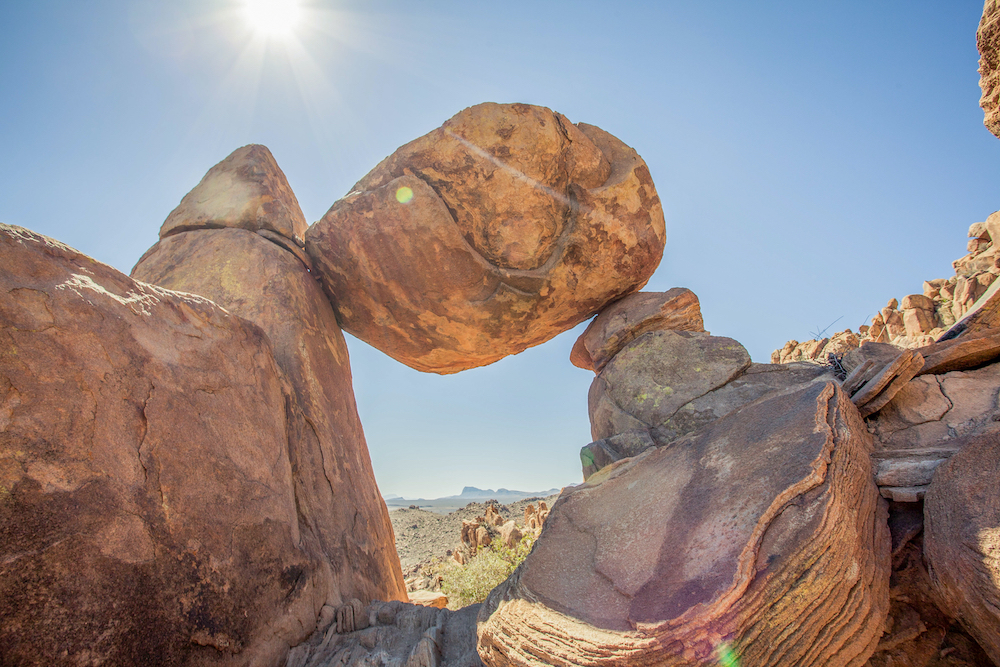
Big Bend National Park Facts
If you’re looking for a remarkable escape, Big Bend National Park is the place to go. With a rich history, you can walk in the shoes of Big Bend’s previous inhabitants—from pioneers and ranchers to miners—and discover all that it has to offer. Leave no stone unturned—read these fast facts about Big Bend National Park.
-
Established in 1944, Big Bend National Park was set aside as a respite for future generations.
-
Big Bend is home to more than one thousand species of plants, mammals, birds, insects, amphibians, and fish.
-
The only place in the United States to see the Mexican Long-nosed bat is in Big Bend. In fact, just a single colony of bats resides in the Chisos Mountains.
-
Weather is pleasant year-around for numerous RV adventures. Big Bend’s mild fall and spring seasons welcome native plants and animals. The summer sun beams down and bakes the desert landscape. Lucky visitors may get the opportunity to see a light dusting of snow in the winter.
-
Strap on your boots and hike Big Bend’s 201 miles of hiking trails—and don’t forget to bring extra water.
-
Popular visitor activities include camping, backpacking, canoeing, and stargazing.
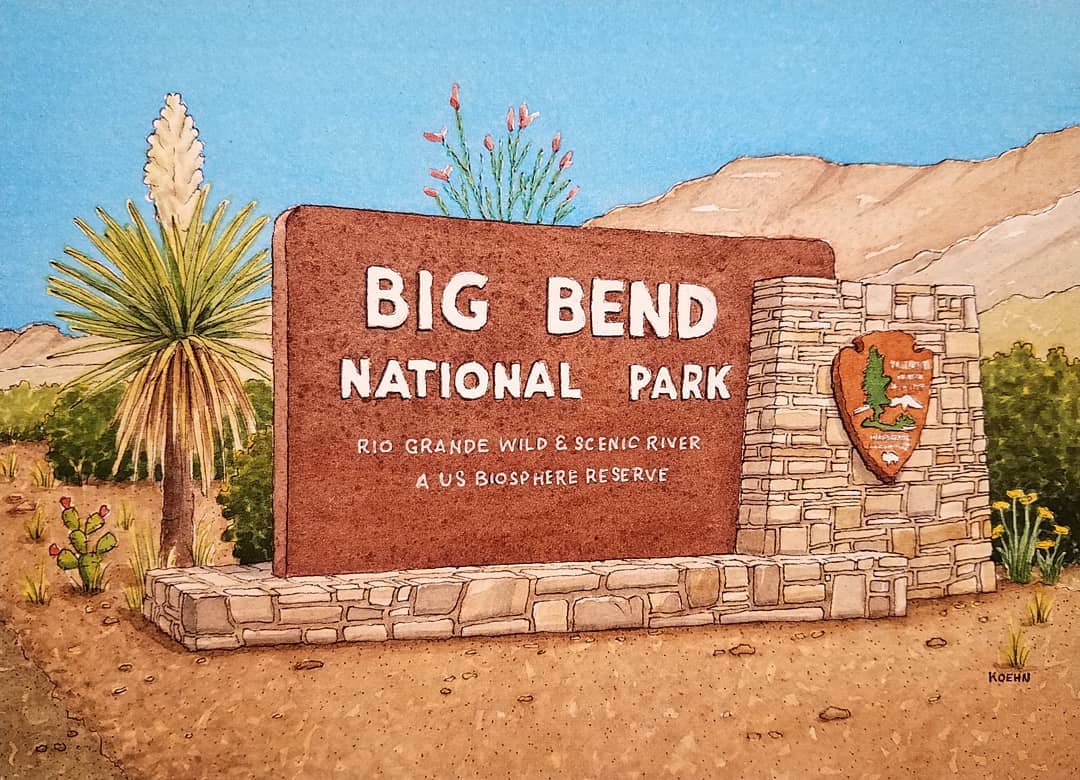 Photo Credit: Instagram User @jim.koehn
Photo Credit: Instagram User @jim.koehn
Best Big Bend National Park RV Parks and Campgrounds
Big Bend National Park is a sprawling landscape home to thousands of species. Outdoor enthusiasts and first-time RV campers are welcome to get up close and personal with nature at any of Big Bend’s many RV parks. Each RV park features an array of unique amenities and activities, ensuring that each trip to Big Bend is one-of-a-kind. Pack the RV and get to one of these Big Bend National Park RV campgrounds!
Rio Grande Village RV Campground
Amenities: Rio Grande Village is the only Big Bend National Park RV site that offers full hookups to campers. This means that visitors can use water, electrical, and sewer connection services while RV camping! Additionally, this site is adjacent to the camp store and has an open paved lot surrounded by grassy areas and trees.Capacity: This campsite is open year-round to visitors. Overall, Rio Grande Village has 20 concession-operated RV park sites that are available for reservation. The remaining five sites are reserved for first-come-first-served. Visitors can register at the Rio Grande Village store or service station.
More information: Rio Grande Village RV Campground
Cottonwood Campground
Amenities: Cottonwood Campground is a shaded oasis that is nestled between the Castolon Historic District and the Santa Elena Canyon. This RV campground is a quiet and secluded option—perfect for leisurely stays in the West Texas landscape.Capacity: Cottonwood is open year-round and has 24 sites available for RV camping in Big Bend National Park. In addition, Cottonwood Campground has a group campsite, which is available through reservation. The maximum occupancy of this group spot is 25 persons with a minimum of nine persons.
More information: Cottonwood Campground
Chisos Basin Campground
Amenities: For adventurous backpackers, consider the Chisos Basin campground. This campground is conveniently located near several popular trailheads with wondrous views of rocky mountainsides. Additionally, Chisos Basin is equipped with running water, flush toilets, grills, and picnic tables.Capacity: Chisos Basin is open year-round and has 60 RV sites that have no hookups. RVs that are over 24-feet long are not recommended due to the size of the road and the smaller campsites. Currently, there are 26 campsites at Chisos Basin that are available for reservation. The total capacity for these group sites is 118 persons.
More information: Chisos Basin Campground
Croton Springs Roadside Campground
Amenities: Sleep under the desert sky at Croton Springs Roadside Campgrounds. This campground is comprised of two campsites—Croton Spring 1 and Croton Spring 2. The lack of shade gives way to vast stretches of desert terrain. Also, visitors can enjoy unobstructed views of the Chisos Mountains, and Croton Spring and Wash, which are walking distance from the campsite.Capacity: In total, each campsite spot has an occupancy of two vehicles, including trailers, and six people combined.
More information: Croton Springs Roadside Campground
Hannold Draw Roadside Campground
Amenities: Tack up the horse and hit the riding trails near Hannold Draw Roadside Campground. This campground offers similar amenities as Croton Springs Roadside Campground, including clear views of the Chisos Mountains. In addition, the campground is equipped with a corral that accommodates eight horses.Capacity: Hannold Draw is a sizable roadside site, with enough room to accommodate three vehicles, 20 people, and up to eight horses in its corral.
More information: Hannold Draw Roadside Campground
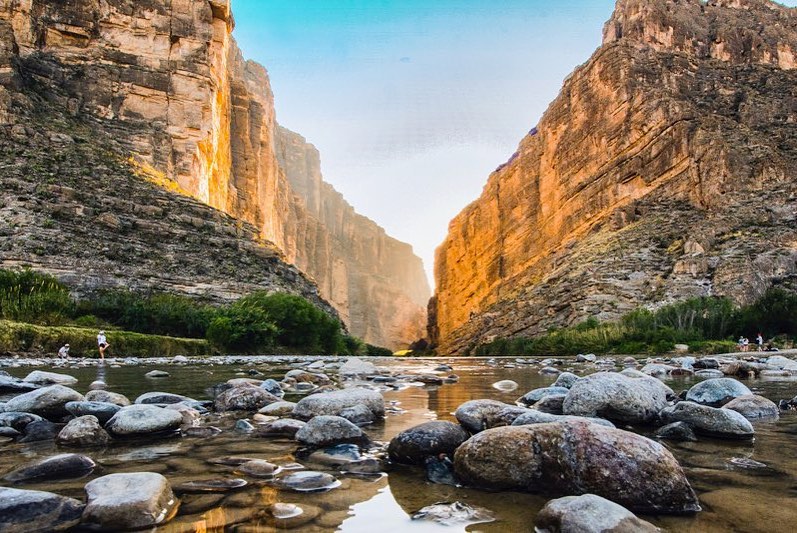 Photo Credit: Instagram User @andysulls
Photo Credit: Instagram User @andysulls
Best Time to Visit Big Bend National Park for RV Camping
Did you know that Big Bend National Park is open 365 days a year?Yes, you heard it here—adventure awaits, and nature is calling for audacious campers! Nonetheless, if you prefer to plan your trip to Big Bend National Park methodically, we have a few tips for planning your getaway.
Before you inspect your camping equipment, or even pack your RV, read about the best times to visit Big Bend National Park.
Winter
It may not be a white Christmas, but a holiday visit to Big Bend during winter is worth seeing! Big Bend National Park is busy during Christmas and New Year. During this time, the Chisos Mountain Lodge and RV camping grounds fill up quickly. If you are planning to visit during the holidays, reserve your campsite or arrive early.Although periods of cold and cloudy weather do occasionally occur, the weather at Big Bend in winter is generally pleasantly sunny and mild. Big Bend is coldest in January, which has an average low of 37.5 and an average high of 61.5.
Also, while you can horseback year-round in the backcountry, the water springs can be unreliable, especially in the winter. Therefore, plan to haul water if you’re planning an extended trip.
Spring
Camping season starts in early May and extends through mid-October. During this time, Big Bend camping grounds experience an influx of campers.More specifically, Spring Break is busiest during camping season. Families and packs of campers flood Big Bend’s campgrounds to celebrate the changing season and watch the native plants bloom.
You’ll be hard-pressed to find a less-than-perfect day during the spring camping season. Springtime in Big Bend is temperate and sunshine-filled.
Summer
Lather on the sunscreen and bring extra water! The summers at Big Bend National Park can be scorching hot, often reaching temperatures above 100 degrees Fahrenheit. Many campers seek refuge from the heat in the mountains where the temperature is usually about 10 to 20 degrees cooler than the desert floor.The park’s hottest months are June, July, and August. However, this heat gives way to intermittent thirst-quenching thunderstorms through September. During this time, you can expect heavy thunderstorms and flash flooding that affect access roads and trails.
Because of the weather, camping isn’t as popular. However, if your RV has air conditioning, nothing stopping you from enjoying Big Bend in the humid summer months.
Fall
You’ll have more than enough to be thankful for spending Thanksgiving at Big Bend. Thanksgiving is a busy time for Big Bend; therefore, if you plan on staying at Big Bend during this time, be sure to make reservations beforehand.Fall is a great time to visit the park because it isn’t too hot or rainy, nor is it too cold. The temperature in the fall is generally mild, cool, and sunny. Also, visitors typically have optimal weather without the large crowds that come in spring.
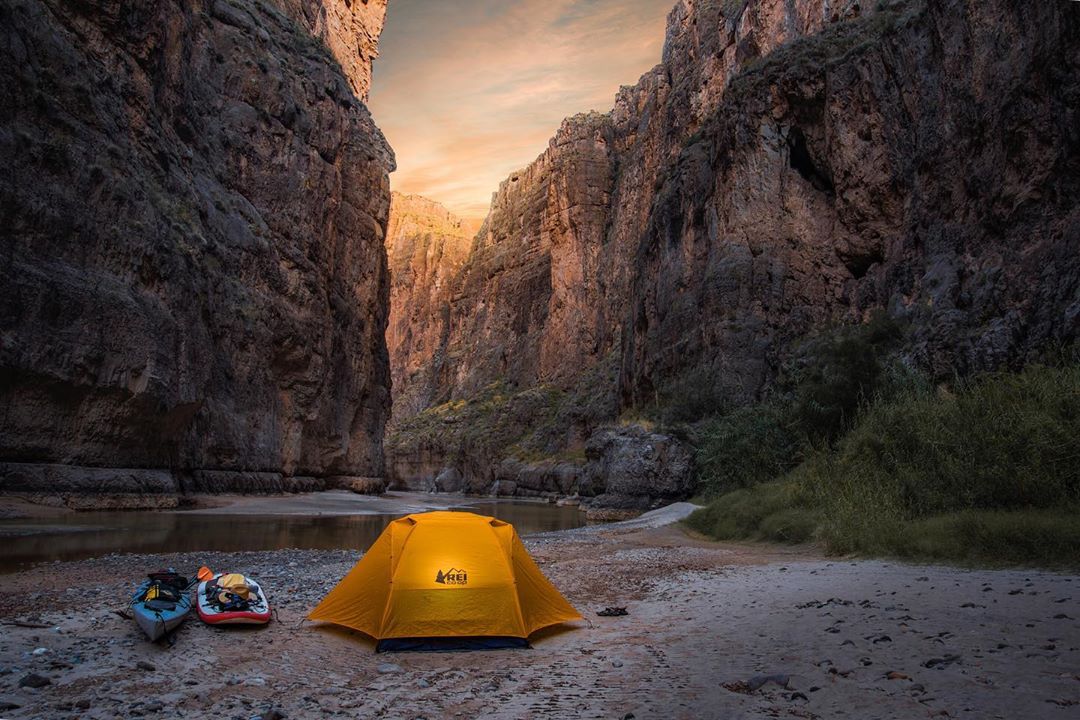 Photo Credit: Instagram User @jeremytwalls
Photo Credit: Instagram User @jeremytwalls
Things to Do in Big Bend National Park
Camping in Big Bend National Park is a fantastic activity to slow down and appreciate the natural wonders around you. However, if you are always on the go and want something to keep you busy, there are plenty of things to do in Big Bend.Visit the Fossil Discovery Exhibit—Big Bend’s coolest family-friendly attraction. This fossil exhibit is home to more than 130 million years of geological history, including dinosaurs and sea creatures.
Escape the heat and enjoy an array of educational books, videos, and souvenirs from Big Bend Natural History Association Big Bend’s visitor centers.
The desert is your playground—explore Big Bend’s backcountry and participate in numerous outdoor activities! Go backpacking, horseback riding, canoeing, rafting, kayaking, boating, or hiking.
There are also guided ranger programs that take you throughout the park, teaching you about its surroundings and hiking through the scenery. The guided ranger programs are scheduled monthly, so plan your trip accordingly.
If the weather isn’t ideal, why not take a scenic drive? Choose from a variety of driving trails, including paved roads, and dirt roads.
In colder weather, you can take a dip in the hot springs located at the edge of the Rio Grande River. The water stays at a constant 105 degrees Fahrenheit.
No matter the season you visit Big Ben, there is something captivating to do. Don’t wait—pack the RV and get rolling!
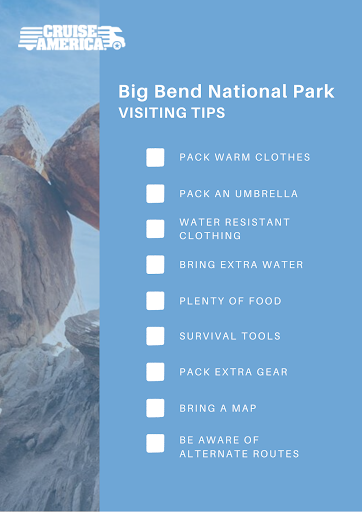
Tips on Visiting Big Bend National Park
While it’s mostly sunny in Big Bend, the weather can be unpredictable. Be sure to come prepared! As mentioned before, the summers are hot, and the winter temperatures can occasionally drop below freezing. Moreover, heavy thunderstorms can pass through unexpectedly. Pack warm clothes in the winter and extra water for summer camping trips!Big Bend’s terrain is rugged! Research the area that you plan to travel to and camp at. Additionally, have a contingency plan if routes are not accessible, your desired campground is full, and if the weather thwarts your activity itinerary.
When you are at Big Bend National Park, you are, for the most part, in a remote region. So it’s always a good idea to bring extra gear on your trip. You will need to bring water, food, and survival gear.
Camping in the great outdoors is fun. However, it’s important to remember that you are a guest in the homes of more than a thousand different species. Be respectful of the campgrounds, and leave the campsite better than you found it. Happy camping!
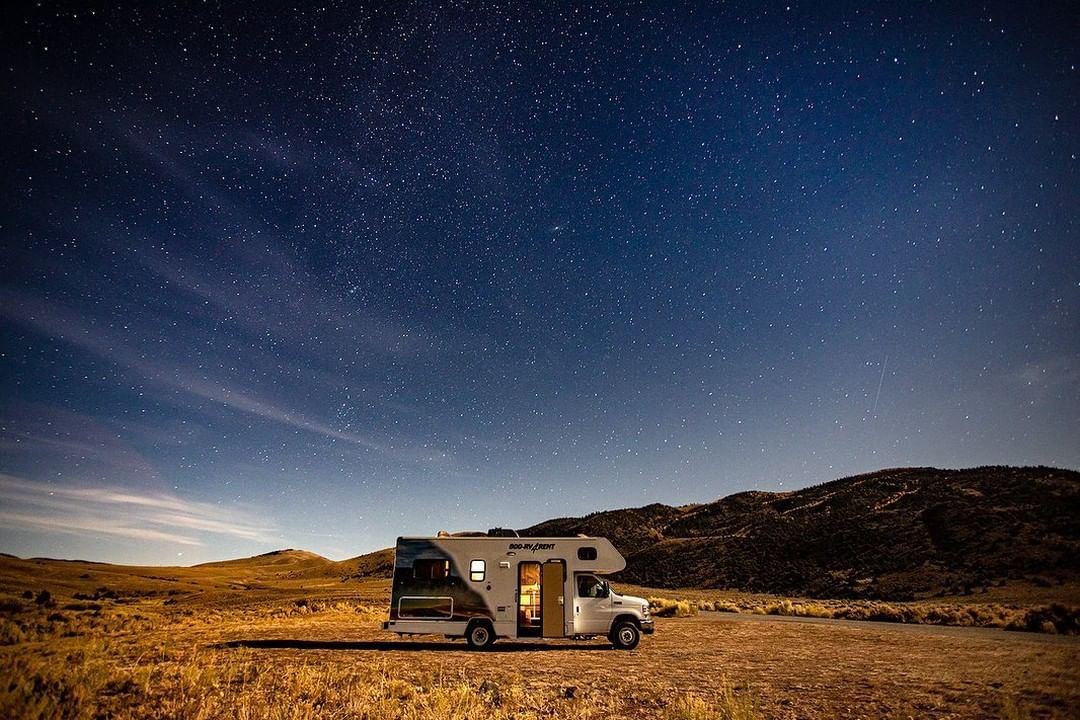 Photo Credit: @cruiseamericarv
Photo Credit: @cruiseamericarv
RV Rental for Big Bend National Park
If you want to go RV camping in Big Bend National Park, you of course need an RV. If you don’t already own one, you will need to rent or purchase one for your trip.Cruise America is the place to go for an RV rental in Big Bend National Park! Each of their RVs has air conditioning, a freshwater toilet, a gas cooktop, a generator, a refrigerator, a microwave, and a shower. The RV rentals are pet-friendly, and they allow towing. In the end, your RV will be equipped with all the amenities you need for your Big Bend RV adventure!
Rent your RV today with Cruise America and plan your trip to the Texan National Park!
